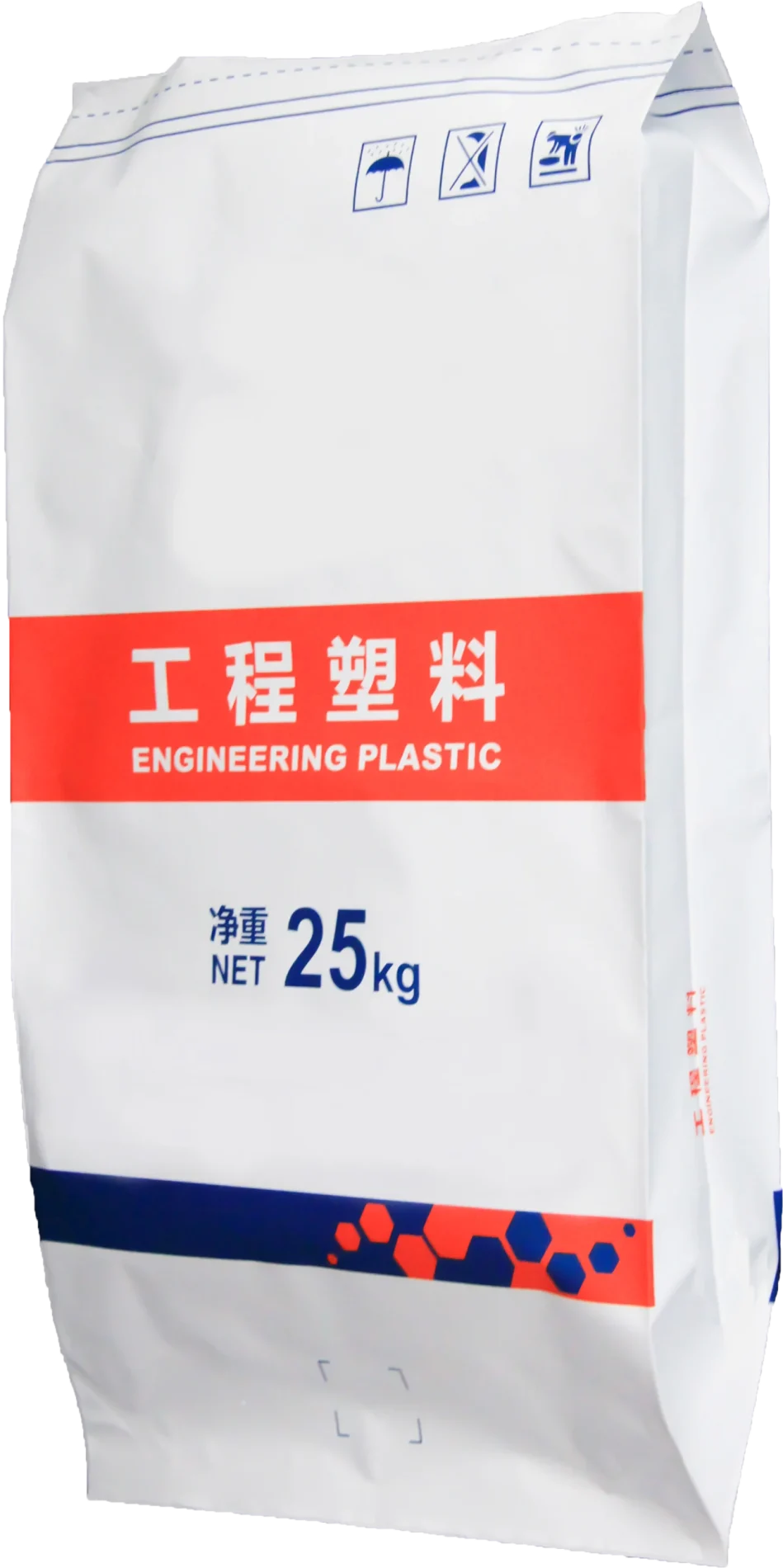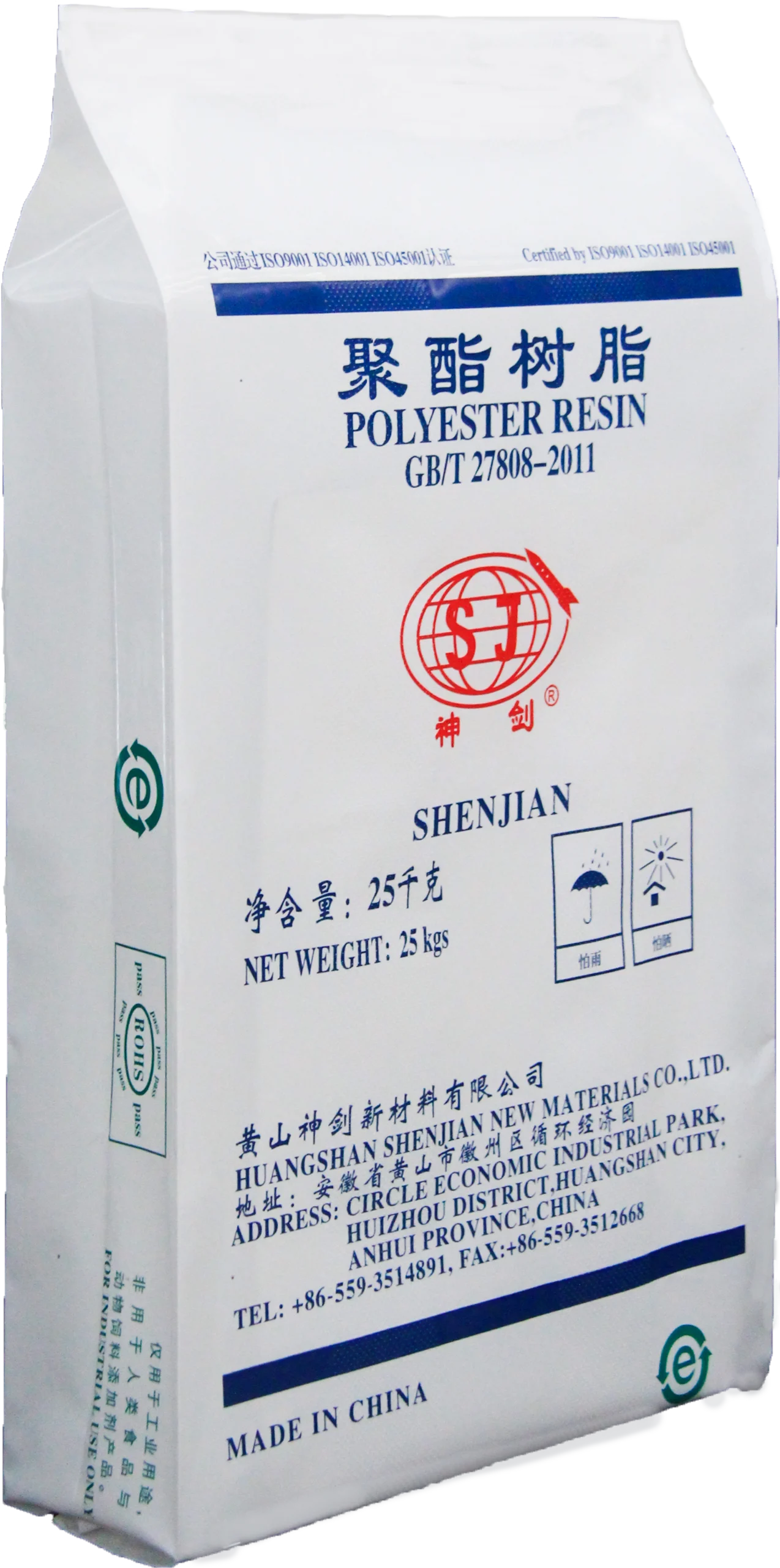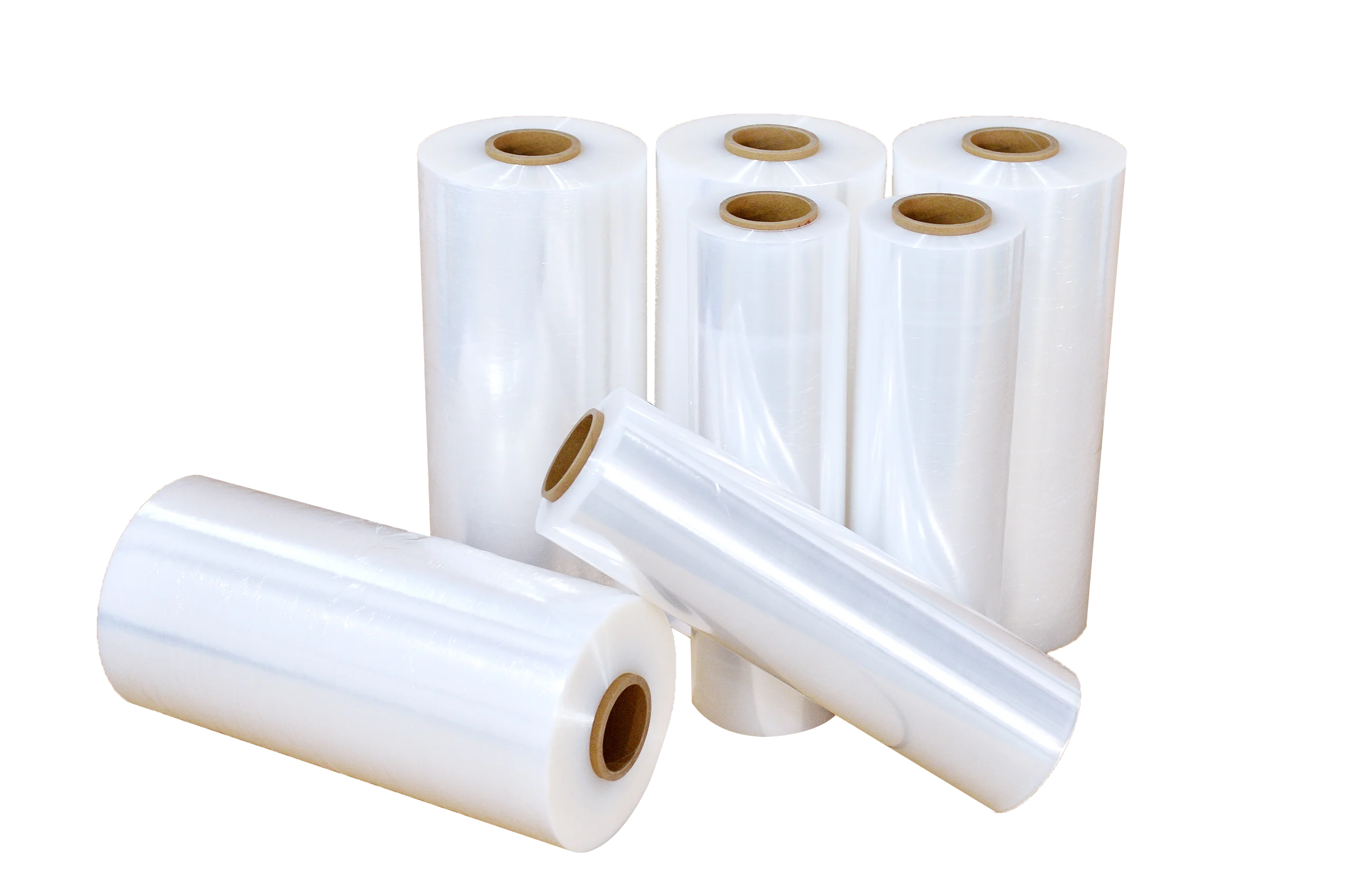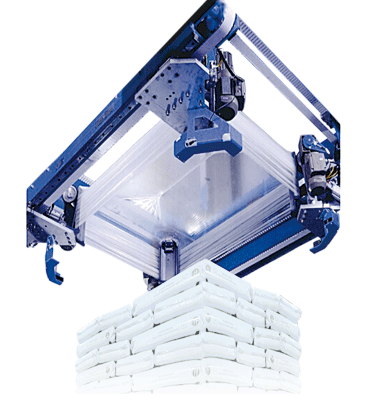

2024-09-10
Pallet loads can come in a variety of shapes, sizes and weights. Each load can be categorized into one of three different load profiles. A, B or C loads are used to describe and classify a load based on its size, uniformity, stability, and edge profile.
Over the years, the stretch wrap industry has engineered new equipment and films optimized for each type of load. Pallets can have increased stability and containment by using the right equipment and suitable film while reducing film breaks and punctures.
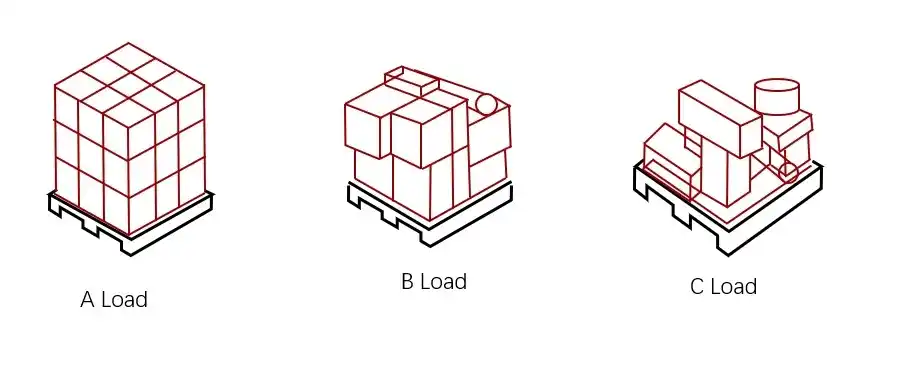
Table of Contents
ToggleIn today’s logistics and warehousing operations, A-loads are the most common and ideal type of pallet load. These product loads have common features that consist of boxes or items that are identical in dimensions and weight. Whether vertically and horizontally, this product loads are smooth. Because there are no protruding edges or irregular shapes, the risk of tearing or puncturing the stretch film during the wrapping process is significantly minimized.
In addition, the neatly arranged products in A-loads often result in a footprint that almost exactly matches the pallet deck. This precise alignment further reduces the chances of film damage and enhances the overall stability of the load. Due to these characteristics, A-loads are not only easier to wrap but also more secure during transport, making them the most preferred type of load in various industries.
Compared to A loads, B loads are not quite consistent. These loads lack the uniform edge profiles seen in A load, but they still maintain some degree of uniformity in shape. Because B loads are usually made up of boxes or other things with different dimensions, leading to minor edges or irregularities that can tear the stretch film during application. This process of use will test the loading stability of the film and the tear resistance of the film even more.
C-loads are considered the most challenging type of pallet load to secure in industrial packaging. These loads are typically made up of items with varying shapes, sizes, and weights, resulting in uneven and sharp edges. Due to these features, C-loads are more likely to cause tears and punctures than A-loads and B-loads. If products have poor weight distribution or are extremely heavy or light, these factors contribute to the overall instability and increase the difficulty of standard wrapping techniques.
Selecting the right stretch wrap for your load type is important to ensure the stability, security, and protection of your pallets during storage and transportation. With various load types—A, B, and C—each having unique characteristics, choosing the appropriate stretch film can make a significant difference in reducing film breaks, preventing load shifts, and minimizing product damage.
Containment force is the tension applied by the stretch film to hold the load together and secure it to the pallet. It‘s a critical factor in determining the effectiveness of your stretch wrap.
A-Loads: Typically require lower containment force due to their uniformity.
B-Loads: Need moderate containment force to accommodate minor irregularities.
C-Loads: Require higher containment force and more specialized wrapping techniques to manage their instability.
Beyond gauge, stretch films have various performance characteristics that can enhance their effectiveness depending on your load type:
Puncture Resistance: Essential for B and C loads, where irregular edges are common.
Elasticity: Helps maintain containment force as the load shifts during transport, particularly important for C-loads.
Cling: Ensures the film layers stick together without slipping, enhancing load stability.
Tear Resistance: Crucial for all load types but especially for C-loads, where sharp edges can easily tear the film.

Nano stretch film is known for its superior performance and cost-efficiency, particularly in load containment during transit. Compared to traditional stretch film, yuandian nano stretch wrap uses a 55-layer design that significantly enhances puncture resistance, making it perfect for fastening weights with sharp edges and irregular forms. Besides, nano stretch film provides outstanding containment force and can stretch up to 400%, ensuring that loads remain stable and secure throughout the supply chain.
With less material, film consumption is reduced, and costs are continued to be lowered. Nano stretch film has consistent performance across various applications, including high-speed and fully automatic wrapping machines, ensuring reliable packaging with fewer failures and reduced waste.
Selecting Yuandian nano wrap film entails embracing cutting-edge technology that boosts product safety and sustainability while increasing packaging efficiency. Nano stretch film helps preserve the integrity of your goods, lowering the chance of damage and guaranteeing a safe delivery to your clients by offering stronger load containment.
All in all, choosing the right stretch film to ensure the stability, security, and protection of your pallet loads during storage and transportation. Whether wrapping with A-loads that require minimal containment force and puncture resistance or challenging C-loads with irregular shapes, Yuandian Nano stretch film stands out as an optimal choice for the use of secure products.
By choosing Yuandian Nano stretch wrap film, you are not only investing in cutting-edge technology but also enhancing packaging efficiency, reducing material consumption, and ensuring the safe delivery of your products. This advanced film solution is designed to meet the diverse needs of today’s industrial packaging challenges, offering a reliable and cost-effective way to secure your loads. Follow us for the latest insights, and share your thoughts in email at Sales@hsydpac.com.
More News

2025-11-21

2025-11-21
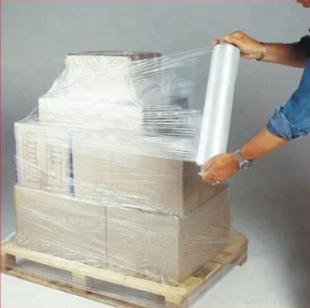
2025-11-17

2025-11-08
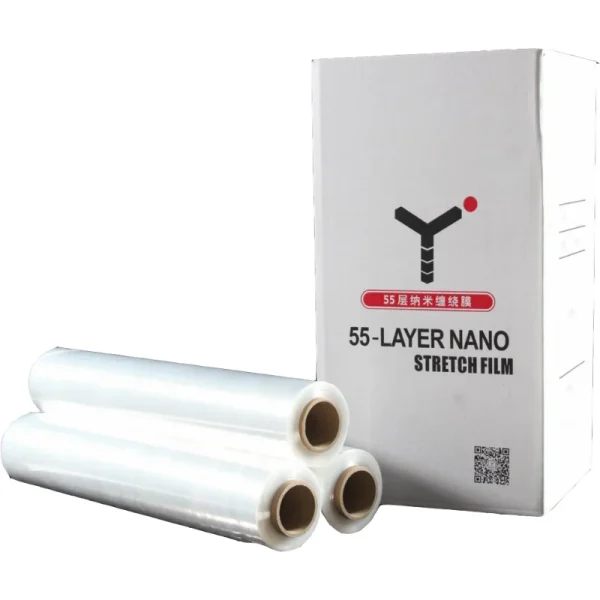
2025-11-07

2025-11-03

2025-10-28

2025-10-21
